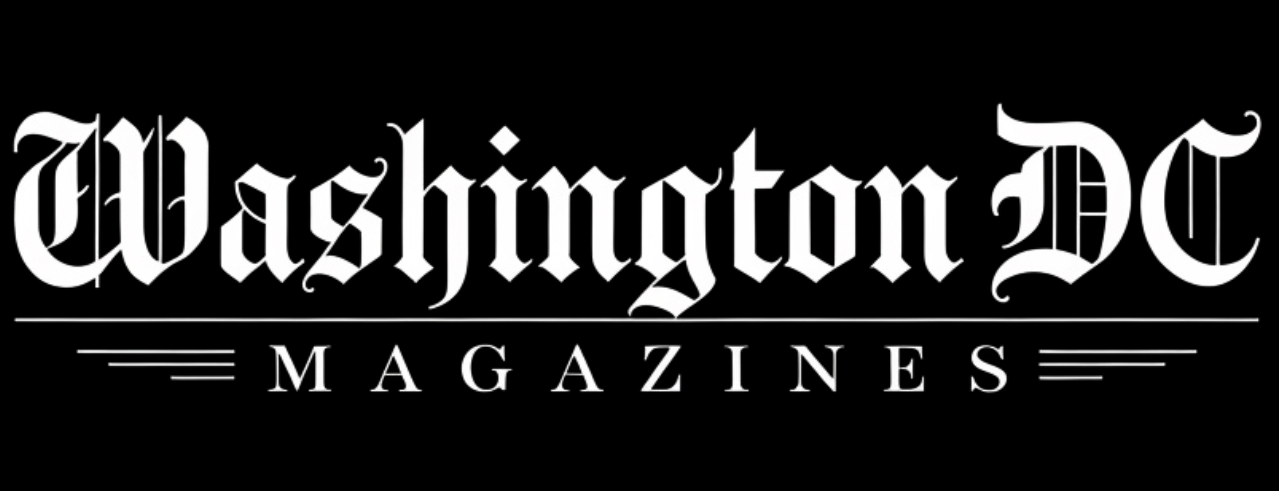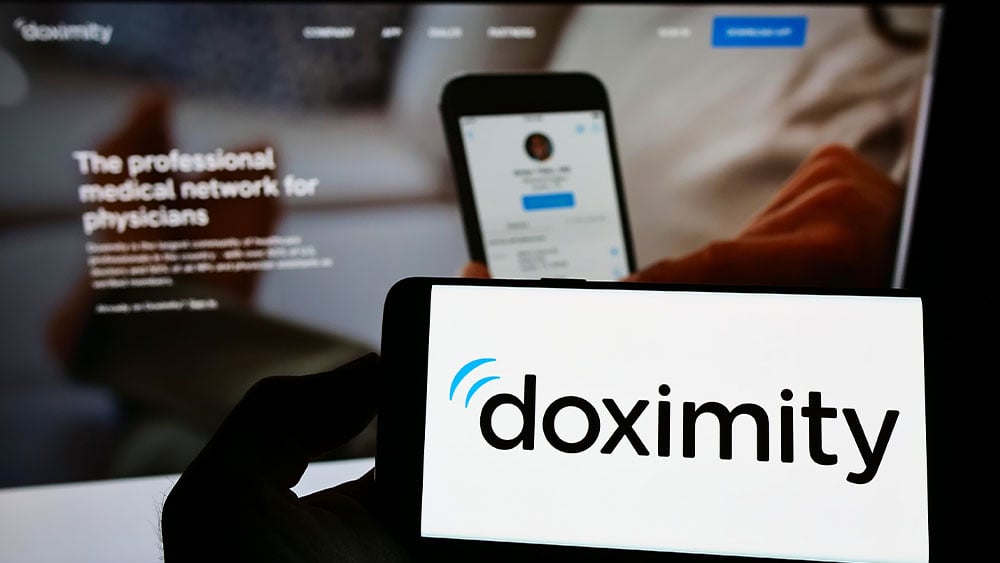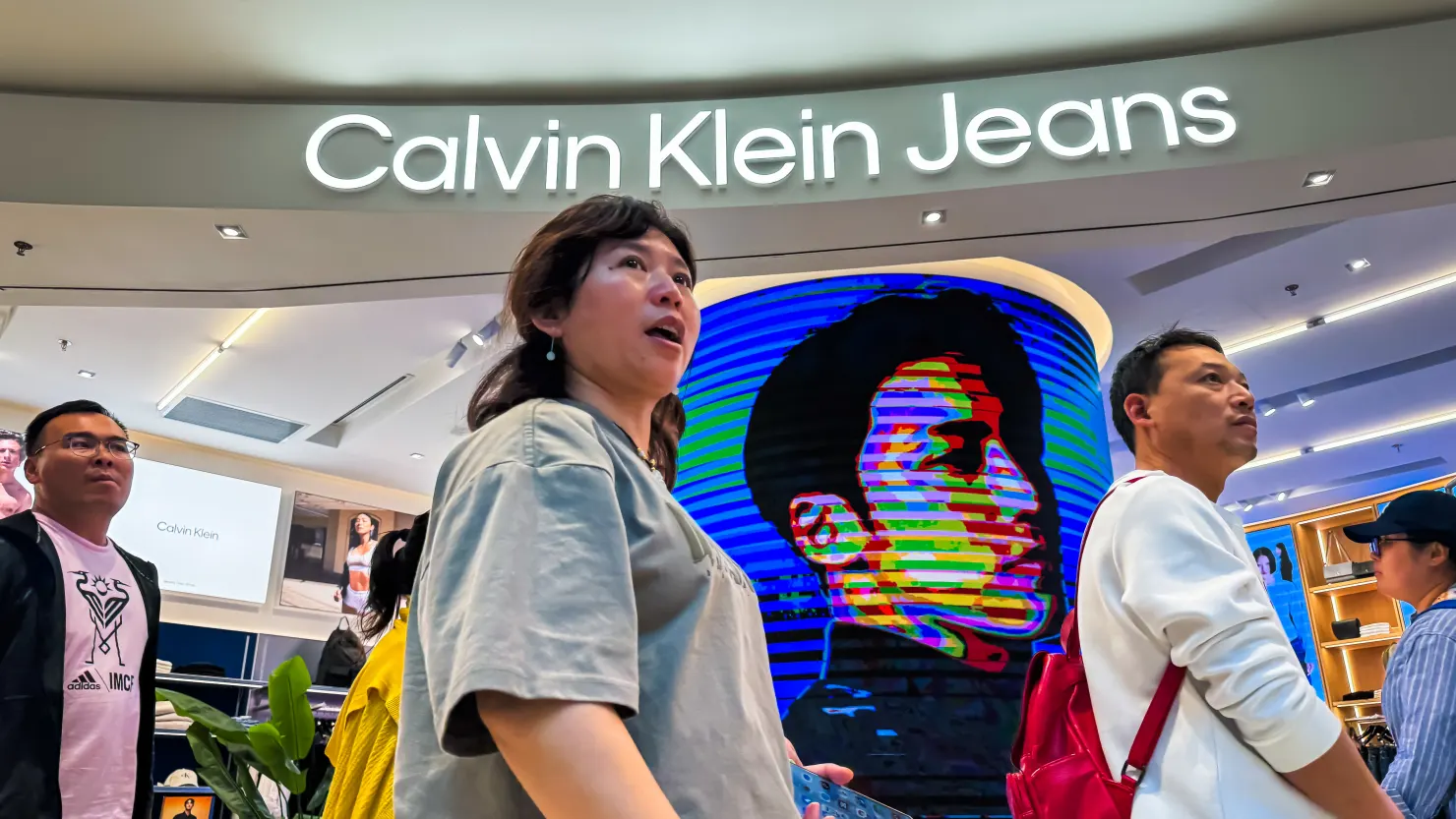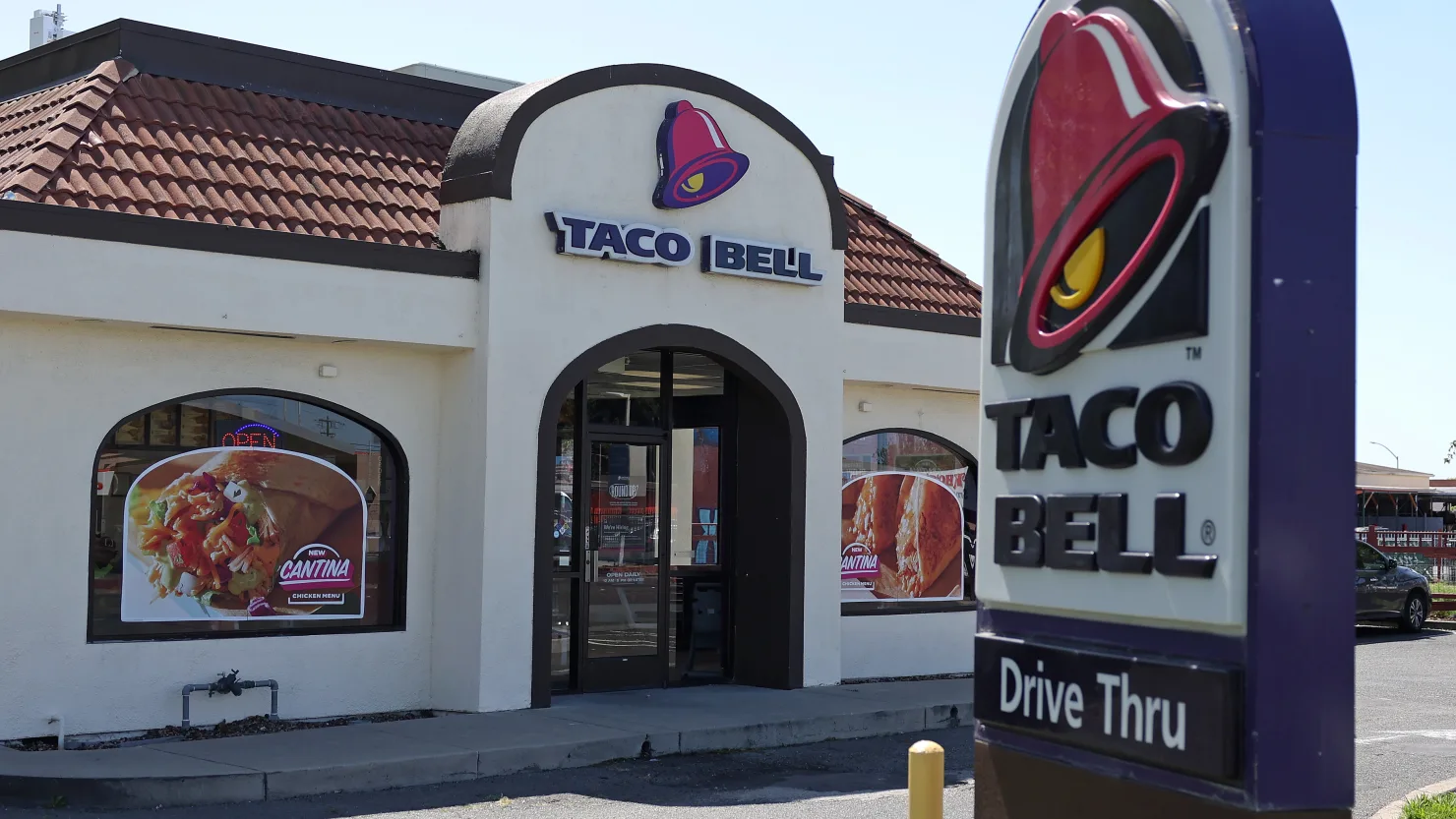E.l.f. Beauty’s Response to China Tariffs: A 10% Relief and Potential Price Adjustments Ahead

E.l.f. Beauty, a well-known player in the cosmetics industry, is breathing a sigh of relief following the announcement of a new 10% tariff on Chinese imports. The company, which manufactures about 80% of its products in China, had previously braced for a much higher tax on imports. As global trade tensions continue to fluctuate, E.l.f.’s CEO, Tarang Amin, sheds light on the potential consequences for the company’s pricing and strategies moving forward.
The Relief Over 10% Tariff: A Surprise Twist in Trade Negotiations
In a recent interview with CNBC, Tarang Amin discussed the company’s reaction to the new tariff rates, admitting it was “somewhat relieved” that the tariff on goods imported from China would only be 10%. A significant part of E.l.f.’s product line is manufactured in China, and when higher tariffs were looming, many companies like E.l.f. were preparing for the worst.
“The rhetoric around tariffs had once spiked to as high as 60%. Given that, we actually felt some relief when the figure was reduced to 10%,” Amin shared during the company’s fiscal third-quarter earnings call.
This sentiment is certainly a reflection of the unpredictable nature of trade negotiations. The new tariff’s impact, although notable, is much less severe than originally anticipated. However, the question of whether prices will rise as a result remains unanswered.
Will E.l.f. Beauty Raise Prices? A Decision in the Making
While the 10% tariff is a significant change, E.l.f. Beauty is still in the process of evaluating how it will affect product prices. Amin emphasized that the company isn’t rushing to make any decisions yet:
“We’ll see whether we need to raise prices, but we’re waiting to assess the full impact of this tariff,” he said.
This cautious approach aligns with E.l.f.’s strategy in previous tariff scenarios. During the implementation of a 25% tariff during President Trump’s first term, E.l.f. had raised the price of around a third of its products by $1 each and witnessed a positive consumer response. This demonstrated that even with price increases, E.l.f.’s reputation for offering affordable alternatives to high-end cosmetics could withstand consumer pushback.
A Changing Global Supply Chain and Reduced Dependency on China
One of the key elements that could help E.l.f. navigate these shifting tariff scenarios is its evolving supply chain. In response to earlier tariff concerns, the company has reduced its reliance on China by 20%, diversifying its production and expanding its international business. This strategy has allowed E.l.f. to mitigate some of the potential financial pressure from tariffs on Chinese imports.
“We’ve seen tremendous growth in our international market,” Amin stated, noting that the company’s business outside the U.S. is now more significant than ever.
With less dependence on a single country for its manufacturing, E.l.f. is better positioned to absorb economic changes without compromising on the affordability that has made it a favorite among consumers.
Long-Term Strategy: Pricing Decisions and Inventory Planning
Despite the current relief, E.l.f. is taking a long-term view regarding inventory management. Amin explained that the full effects of the tariff won’t be felt until fiscal year 2026, which gives the company ample time to adapt its strategy.
“The good thing is we won’t face the brunt of the tariff in the immediate future. We have time to adjust our inventory and plan for the long-term implications,” Amin said. This foresight will likely help E.l.f. navigate any economic shifts while maintaining its market position.
How E.l.f. is Adapting to Trade Challenges
E.l.f.’s proactive approach to global trade issues illustrates the company’s ability to adapt to changes in the business landscape. By diversifying its manufacturing and adjusting its pricing strategy, E.l.f. is not only prepared to handle tariffs but also to continue offering its customers high-quality products at affordable prices.
Conclusion: Flexibility and Forward Planning
As global trade tensions evolve, companies like E.l.f. Beauty are learning to be nimble in their responses. While the 10% tariff on Chinese imports might have caused some initial concern, it appears that the company is well-equipped to handle these changes. With strategic adjustments to its supply chain and a flexible approach to pricing, E.l.f. is set to navigate the uncertain waters of international trade.
As E.l.f. continues to monitor the situation, it will be interesting to see how other businesses with similar supply chain dependencies will respond to the shifting tariffs.
FAQs:
1. How will the 10% tariff affect the price of E.l.f. products?
E.l.f. Beauty is still evaluating the potential impact on pricing. While a price increase is possible, the company has yet to make any decisions.
2. Has E.l.f. Beauty reduced its reliance on Chinese manufacturing?
Yes, E.l.f. has reduced its reliance on China by about 20%, diversifying its supply chain and expanding its international market.
3. When will the effects of the tariff be felt by E.l.f. Beauty?
The company expects to feel the full effects of the tariff by fiscal year 2026, giving it ample time to plan and adjust.








